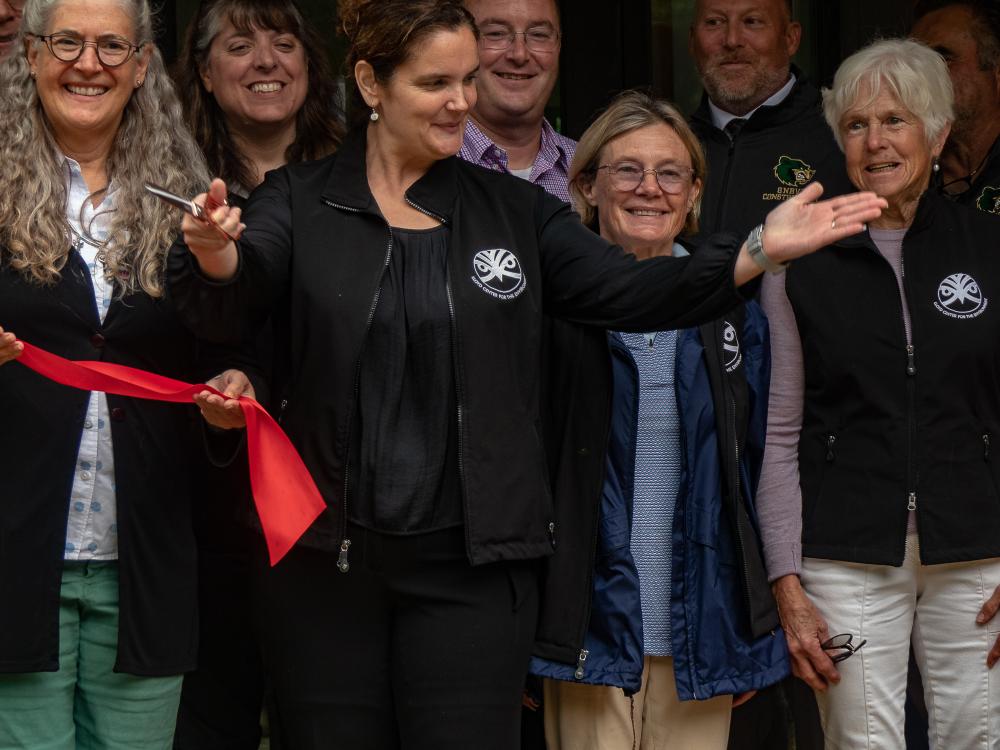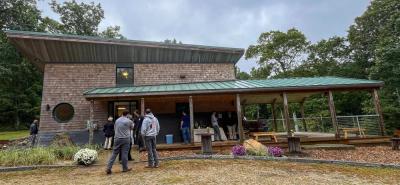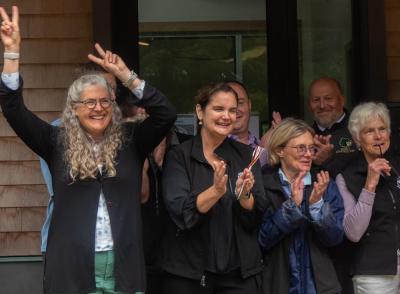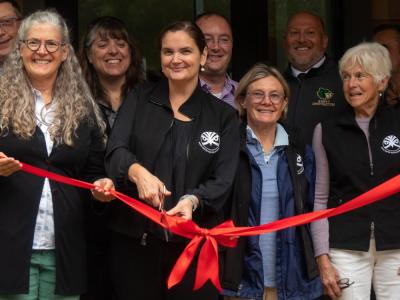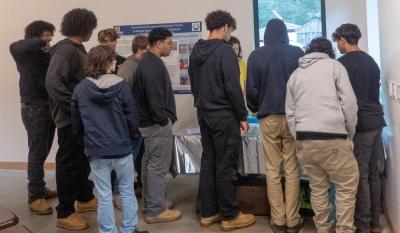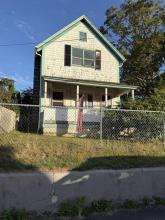Living building joins community
For nearly 10 years, the Lloyd Center for the Environment and the Greater New Bedford Regional Vocational Technical High School worked to construct what Michael Watson, the Voc superintendent, said is “the first of its kind.”
Serving about 12,000 to 15,000 students and 25,000 community members, the Lloyd Center decided in 2014 to construct a welcome center and expand its educational space, according to Rachel Stronach, the executive director at the Lloyd Center.
“It was a need and then it was also a chance for us to really be mindful about new construction,” she said.
The building is not just a welcome center. It is a certified “living building,” which means it produces more energy than it uses, Stronach added.
“It’s supposed to produce 105% of the building’s needs,” said Liz Moniz, the education and outreach director and property manager at the Lloyd Center.
“It’s the most aspirational environmental certification in the world,” said Kathryn Duff, an architect at Studio2sustain who helped design the building.
On the roof are 55 solar panels, a rain garden behind the building collects the water used for hand washing and there is no septic system but instead composting toilets.
“What we need for this building is so low that the excess is actually powering the rest of the facilities,” Moniz said. “That is a huge thing.”’
In 2015, Duff approached Greater New Bedford Vocational Technical High School to see if students there could get involved in the building’s construction.
“After about three or four meetings they officially jumped on board in 2016,” she said.
Over the last seven years, hundreds to thousands of students from the vocational school worked on the building, Watson said.
“This is, globally, the only living building that’s been constructed by students,” Stronach said.
And while the welcome center was built to the highest environmental standard possible, it was also built with the student constructors in mind.
“You watch the kids with the tools and they have the plywood laid out and they’re cutting with a chainsaw and sawdust is blowing up in their face,” Moniz said. “If you have a fine particulate of a terrible glue, they would be inhaling it, even if they had a mask on.”
All of the materials in the building had to be vetted before they could be used to ensure none of the products had red list chemicals, so it was important to be “very mindful” about where materials came from, according to Stronach.
Red list chemicals are substances that pose serious risks to human health and the environment, including lead and asbestos.
“It’s not just a matter of, ‘Oh, I need a box of nails,’” Stronach said. “You have to research the nails — where did they come from, how were they produced?”
Everything down to the wood stain was vetted, according to Moniz.
“The staining is made from polywhey,” she said. “It’s a protein from milk.”
On Friday, Sept. 20, the welcome center opened with a ribbon cutting ceremony, officially making it the first certified living building constructed entirely by students, Watson said.
“I take it for granted,” Duff said. “But when I step back, I think, ‘Wow, that little environmental organization took on the biggest challenge of the world.’”



